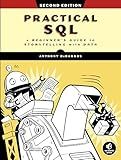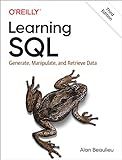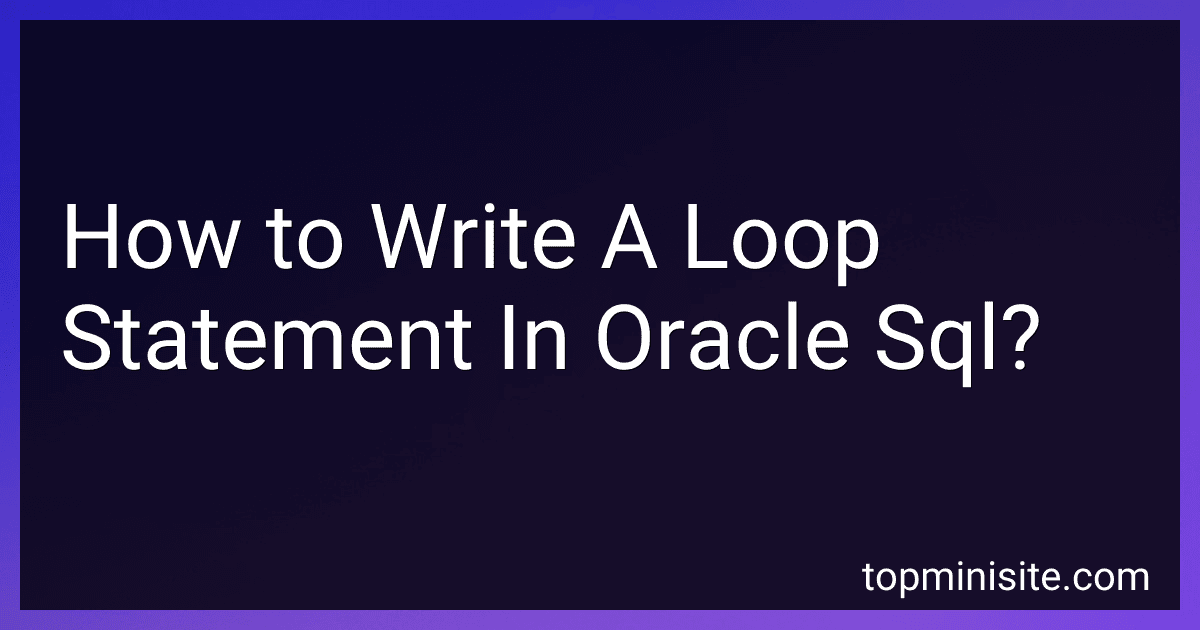Best SQL Programming Books to Buy in December 2025

SQL QuickStart Guide: The Simplified Beginner's Guide to Managing, Analyzing, and Manipulating Data With SQL (Coding & Programming - QuickStart Guides)



SQL Programming QuickStudy Laminated Reference Guide



Practical SQL, 2nd Edition: A Beginner's Guide to Storytelling with Data



SQL Cookbook: Query Solutions and Techniques for All SQL Users



PYTHON PROGRAMMING AND SQL: Accelerate Your Learning Journey with Real-World Projects, Advanced Techniques, and the Knowledge to Stand Out in the Tech Industry



Learning SQL: Generate, Manipulate, and Retrieve Data



SQL in a Nutshell: A Desktop Quick Reference


In Oracle SQL, you can write a loop statement by using the LOOP and END LOOP keywords.
Here is an example of a simple loop statement in Oracle SQL:
DECLARE counter NUMBER := 1; BEGIN LOOP EXIT WHEN counter > 10; DBMS_OUTPUT.PUT_LINE('Counter is: ' || counter); counter := counter + 1; END LOOP; END;
In this example, the loop will continue to iterate until the counter reaches a value greater than 10. The DBMS_OUTPUT.PUT_LINE statement is used to print the value of the counter variable at each iteration.
How do you terminate a loop in Oracle SQL?
In Oracle SQL, you can terminate a loop using the EXIT statement. This statement allows you to exit a loop prematurely based on a certain condition.
For example, you can use the EXIT statement within a loop to exit the loop when a specific condition is met:
DECLARE counter NUMBER := 1; BEGIN LOOP IF counter > 5 THEN EXIT; END IF;
-- Do something in the loop
counter := counter + 1;
END LOOP; END;
In this example, the loop will terminate and the program will exit when the value of counter exceeds 5.
What is the impact of using loops on transaction management in Oracle SQL?
Using loops in transaction management in Oracle SQL can have both positive and negative impacts.
Positive impacts:
- Reducing redundancy: Loops can be used to automate repetitive tasks, such as updating multiple rows in a table or processing large amounts of data. This can help reduce redundancy and improve efficiency in transaction management.
- Simplifying complex transactions: Loops can be used to simplify complex transactions by breaking them down into smaller, more manageable tasks. This can help improve the readability and maintainability of the code.
Negative impacts:
- Performance issues: Using loops in transaction management can sometimes lead to performance issues, especially when processing large amounts of data. Each iteration of the loop can add overhead and slow down the overall transaction.
- Locking and blocking: Loops that update or access data in a transaction can sometimes lead to locking and blocking issues, especially in a multi-user environment. This can cause delays and impact the overall performance of the system.
Overall, using loops in transaction management in Oracle SQL should be done carefully and with consideration of the potential impacts on performance and data integrity. It is important to optimize the code and consider alternative approaches, such as set-based operations, when possible.
How can you use a loop to calculate a running total in Oracle SQL?
To calculate a running total using a loop in Oracle SQL, you can use a combination of a cursor and a variable to keep track of the running total. Here is an example of how you can achieve this:
- Create a cursor to retrieve the values you want to calculate the running total for:
DECLARE CURSOR c_data IS SELECT value FROM your_table ORDER BY some_column;
- Declare a variable to store the running total:
total_value NUMBER := 0;
- Use a loop to iterate through the cursor and calculate the running total, updating the total_value variable in each iteration:
BEGIN FOR rec IN c_data LOOP total_value := total_value + rec.value; DBMS_OUTPUT.PUT_LINE('Running total: ' || total_value); END LOOP; END;
In this code snippet, the total_value variable is used to store the running total as the loop iterates through each record retrieved by the cursor. The value of each record is added to the total_value variable, and the running total is printed to the console using DBMS_OUTPUT.PUT_LINE.
